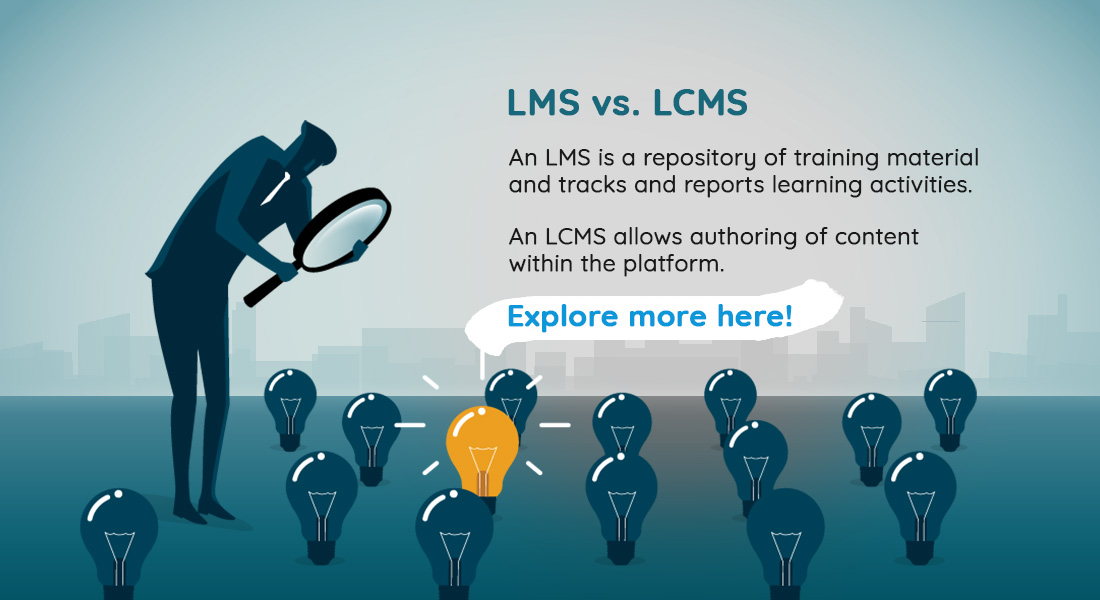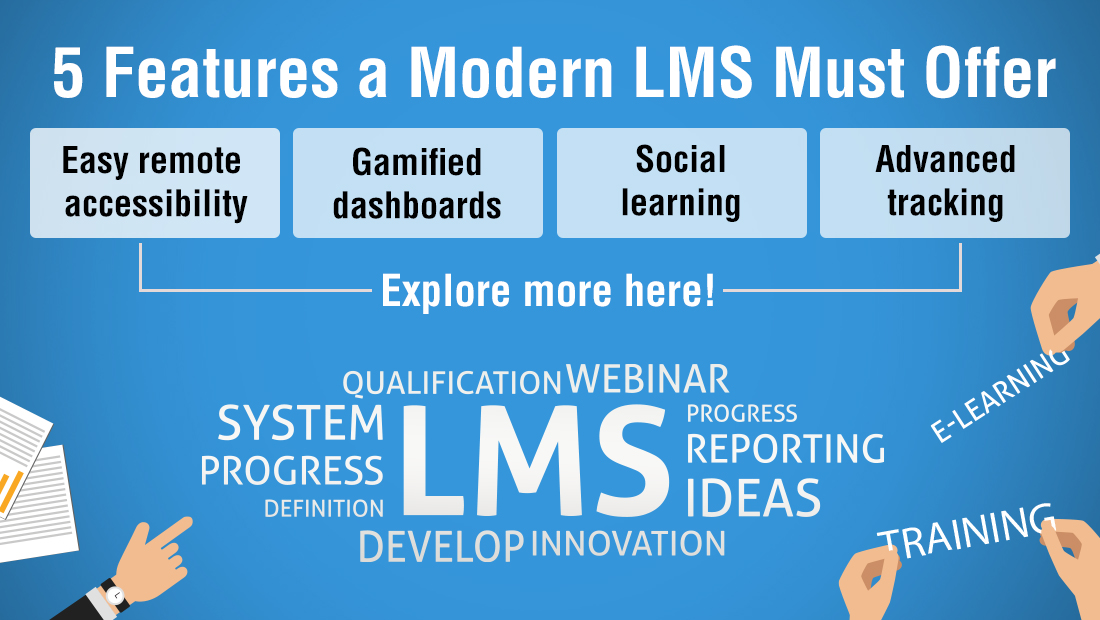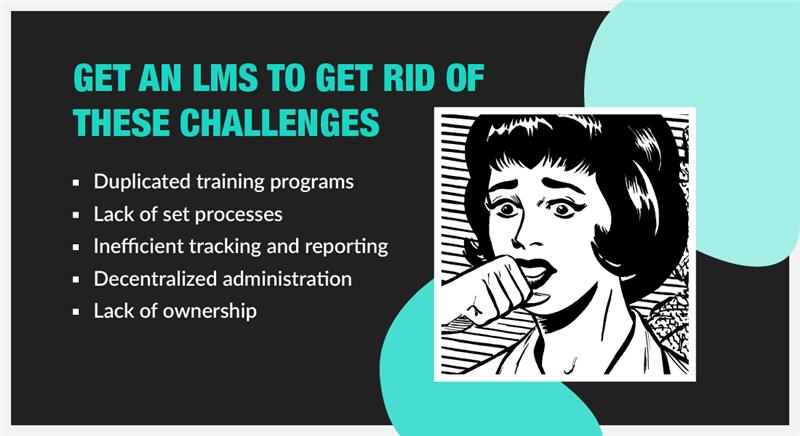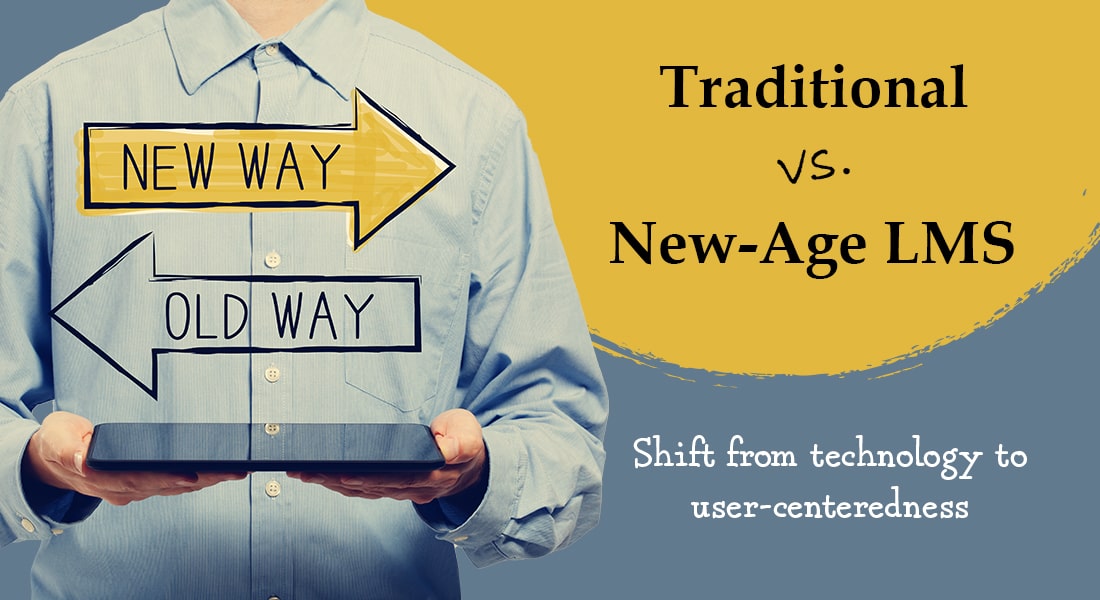A Learning Portal, an LMS, and a LCMS: How Similar and How Different?

What is a learning portal? Is a Learning Management System (LMS) a learning portal? What about a Learning Content Management System (LCMS)? Can you differentiate between an LMS and a LCMS?
Learning Portal vs LMS vs LCMS
What is a learning portal?
A learning portal is a gateway to all the training/learning material, tools, and other resources essential for an employee to do their job.
What is an LMS?
An LMS is an application which helps companies deliver, track, and monitor/report SCORM-compliant online training.
What is a LCMS?
A LCMS is a ‘platform’ that combines the creation, delivery, publishing, and analysis of content in a multi-user environment.
Thanks to COVID, many global organizations are queuing up to implement virtual learning to train their remote employees. It’s quite possible that most of these organizations are implementing virtual/online learning for the first time, and, as a result, may have many questions on how to develop, manage, and deliver virtual/online learning to their remote learners.
Many of them may get stuck trying to choose between the LMS and LCMS – two systems that sound very similar yet are completely different. Having said that, there are a number of similarities between the two, especially considering the many technological advancements over the years.
Get a look at the new plug n play, highly customizable LMS – Effectus.
In this blog, we will look at the key differences between a learning portal, an LMS and a LCMS, and, in the process, learn what, you, as an organization new to them, should keep in mind when looking for an online training system.
What’s the Difference Between a Learning Portal, an LMS, and a LCMS?
What is a Learning Portal?
Simply put, a learning portal is like a gateway to all your training/learning material, tools, and other resources that facilitate teaching and learning. In other words, a learning portal is a repository – a single place from where your learners can access all training-related resources.
A learning portal is mostly learner-centric and is often organized around the current and future needs of the organization. It is all about addressing a specific audience and, therefore, is built around ‘profiles’ that are essential for an employee to do their job. It is built with the same platforms most of the web is built with – WordPress, SharePoint, Squiz Matrix, Silverstripe, among others.
Most learning professionals confuse a learning portal with an LMS and end up using the terms interchangeably. However, the devil is in the details. You see, a learning portal is simply a way of viewing content. It’s a location where learning content is hosted or provided, from which learners view/download content.
An LMS, on the other hand, is a far more comprehensive platform. Let’s see what it is and how it is different from a learning portal.
What is an LMS? What are its Features?
The traditional definition of an LMS is that it’s an application which helps companies deliver, track, and monitor/report SCORM-compliant online training. However, we have come a long way from this definition. Today, the modern LMS is packed with a comprehensive set of features as shown in this table.
| What a modern LMS does | What you can do with it |
| Acts as central repository for different types of training content | Facilitate the learning of different types of learners under different categories including:
|
| Enrolls users, manages registrations, and assigns courses in bulk seamlessly |
|
| Restricts unlimited access |
|
| Monitors, reports, and tracks learning activities | Gain access to real-time reporting of online learning to:
|
| Enables gamification and social learning |
|
| Provides a multilingual platform |
|
| Allows integration with third-party tools and applications | Use:
|
| Facilitates eCommerce | If you are a training organization, you can integrate the LMS with an eCommerce platform.
|
What is an LCMS? What are its Distinct Features?
Despite all the benefits it offers, an LMS just cannot develop content (unless we are talking about user-generated content and assessments, which an LMS is capable of). That’s where the LCMS comes in. The ‘CMS’ in LCMS stands for content management system. An LCMS is, in a way, similar to an LMS, but primarily used to develop and store online learning courseware.
An LCMS is a ‘platform’ that combines the creation, delivery, publishing, and analysis of content in a multi-user environment. In other words, it offers content developers a gateway to both manage their content and collaborate in a centralized location.
Let’s now look at the salient features of an LCMS.
Centralized content management
A centralized repository means that the LCMS gets rid of content silos and maintenance issues. Unlike other tools, an LCMS gives its content developers the facility to author, maintain, and search libraries – all in one place. From searching for a keyword in a course or jumping to a specific page, an LCMS facilitates deep searching across the content landscape.
- Centralization coupled with robust searchability allows developers to search across chunks of content of any size
- Built-in reporting and metadata tagging enable authors to see exactly where each piece of content is being used and reused (by other authors)
- Tagging at the most elemental level/s (i.e., paragraph, image) gives authors the data required to see:
- Who created a particular piece of content
- When it was last opened/modified
- What is going to expire
Rapid authoring of content
Because the LCMS houses all the components needed to create lessons/courses in the form of bite-sized content in a centralized location, it makes rapid eLearning content authoring possible. Content developers can simply reuse and repurpose content that’s already available on the platform into a variety of outputs.
Developers don’t copy-paste; rather they link individual assets. That way they have access to the latest, up-to-date information. In case of changes, all they have to do is change the original piece of content (instead of changing it in multiple places wherever it was used).
Collaborative authoring and workflow reviews
A collaborative working environment and a modern built-in web-based review tool allow courseware designers and review experts (both internal and external) to work together in a more agile way. For instance, one designer could be working on creating an interactivity while another could be adding content for the same topic. All this happens without slowing down the publishing and delivery time.
Integrations with third-party tools
While an LCMS completely supports content management, it’s also quite flexible when it comes to integrating external content. Developers can create content, say HTML5-based eLearning videos, in their favorite authoring tool, and embed it into the LCMS seamlessly.
Not only that, the LCMS also helps with translation and localization integrations. At the risk of sounding too technical, an LCMS allows you to generate something called XLIFF (short for XML Localization Interchange File Format) files. XLIFF is a standard format used by translation vendors across the industry that allows authors to quickly export content for translation and import it back in.
Robust learning analytics
If you haven’t heard of learning analytics yet and the benefits it can offer, then you are seriously missing out. Learn more about learning analytics here.
An LCMS goes much beyond straightforward course completion reports of the LMS, and allows trainers to incorporate a learning record store (LRS). An LRS essentially provides a bunch of analytic dashboards that provide a detailed and objective picture of how your training is doing and how your learners are performing. It helps trainers identify learning trends and find missing pieces in the training to refine and improve content.
What are the Differences/Similarities Between an LMS and a LCMS?
The LMS and LCMS are similar in that both can manage eLearning, track results, support collaboration, and create assessments. However, there are some key differences you need to consider:
The biggest difference is that although an LMS allows managing learning experiences, it doesn’t allow content creation. Developers would have to create courses on an external authoring tool and host them on the LMS as SCORM files, before they can deliver them to the learners.
Another key difference has to do with who benefits most from each of the two platforms. An LMS benefits both the learner (a one-stop shop for learning) and the organization (a tool to deliver, manage and track online learning), while an LCMS is mainly beneficial to the courseware/content developer – one who creates content directly within the system. This functionality allows courseware developers to create learner-centric, personalized content for learner groups requiring unique learning items.
With an LCMS in place, trainers can look forward to detailed (learning) analytics on:
- The time a learner has spent on a module
- The device/s used to access the course/s
- The pages and courses visited the most/least
- How well (or poorly) learners answered specific questions
Having said that, LMSs, over the years, have caught up with integrating learning analytics. Most modern LMSs today offer out of the box learning analytics to help companies improve employee training and performance, and the training program at large. Learn more about how an LMS can help with learning analytics here.
Parting Thoughts
There you have it. We have seen (in some detail) the features of both the LMS and LCMS and how similar yet different they are in certain aspects. Note that it’s not uncommon for companies to have both an LMS and an LCMS—one to create eLearning and the other to warehouse the eLearning.
A final word of caution: Before jumping to invest in either, evaluate your need for one or both of these systems, your budget, timelines, and available technical infrastructure.
If you’re looking for an LMS and need help selective the right platform for your online training program, download our eBook.





